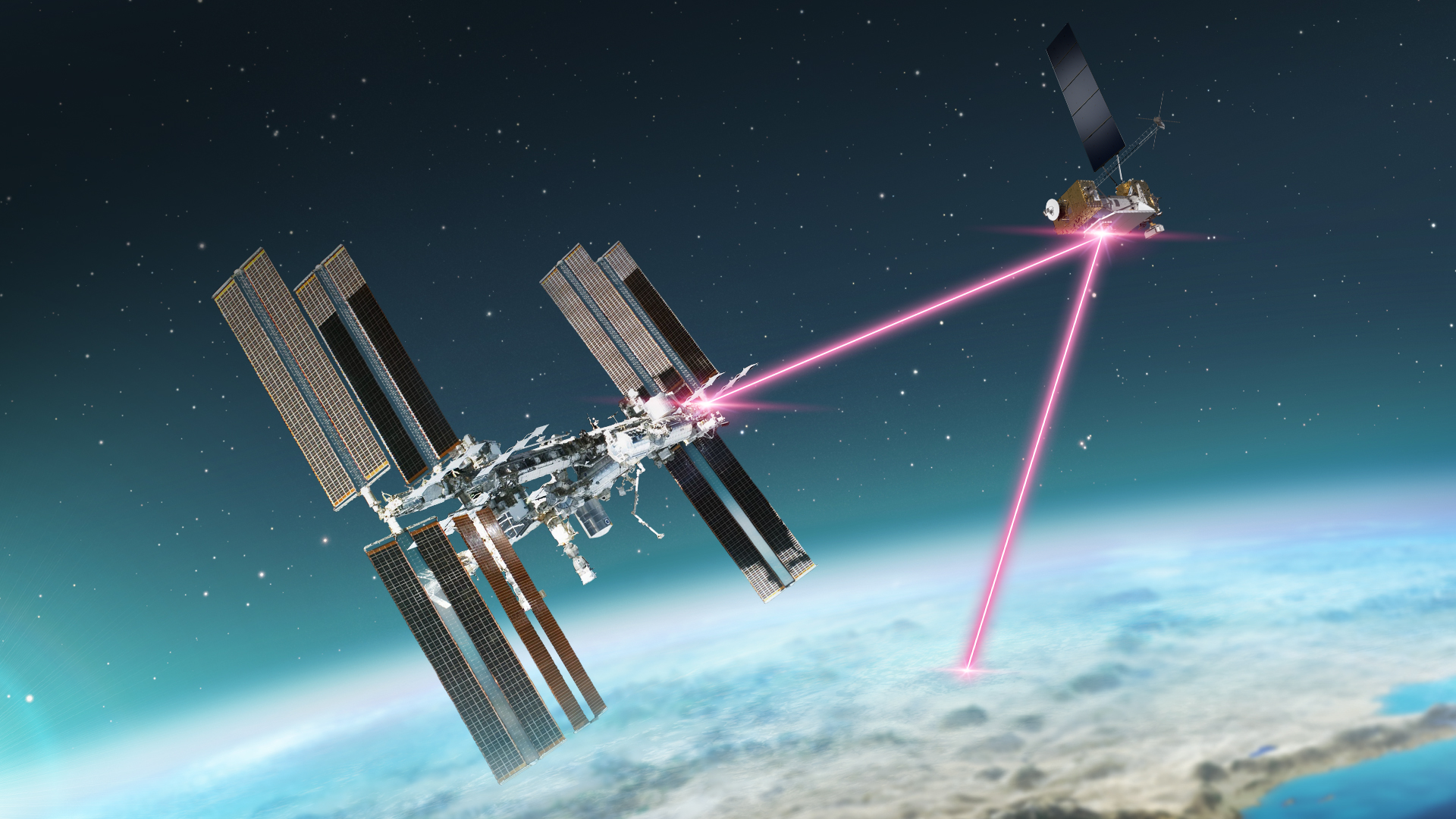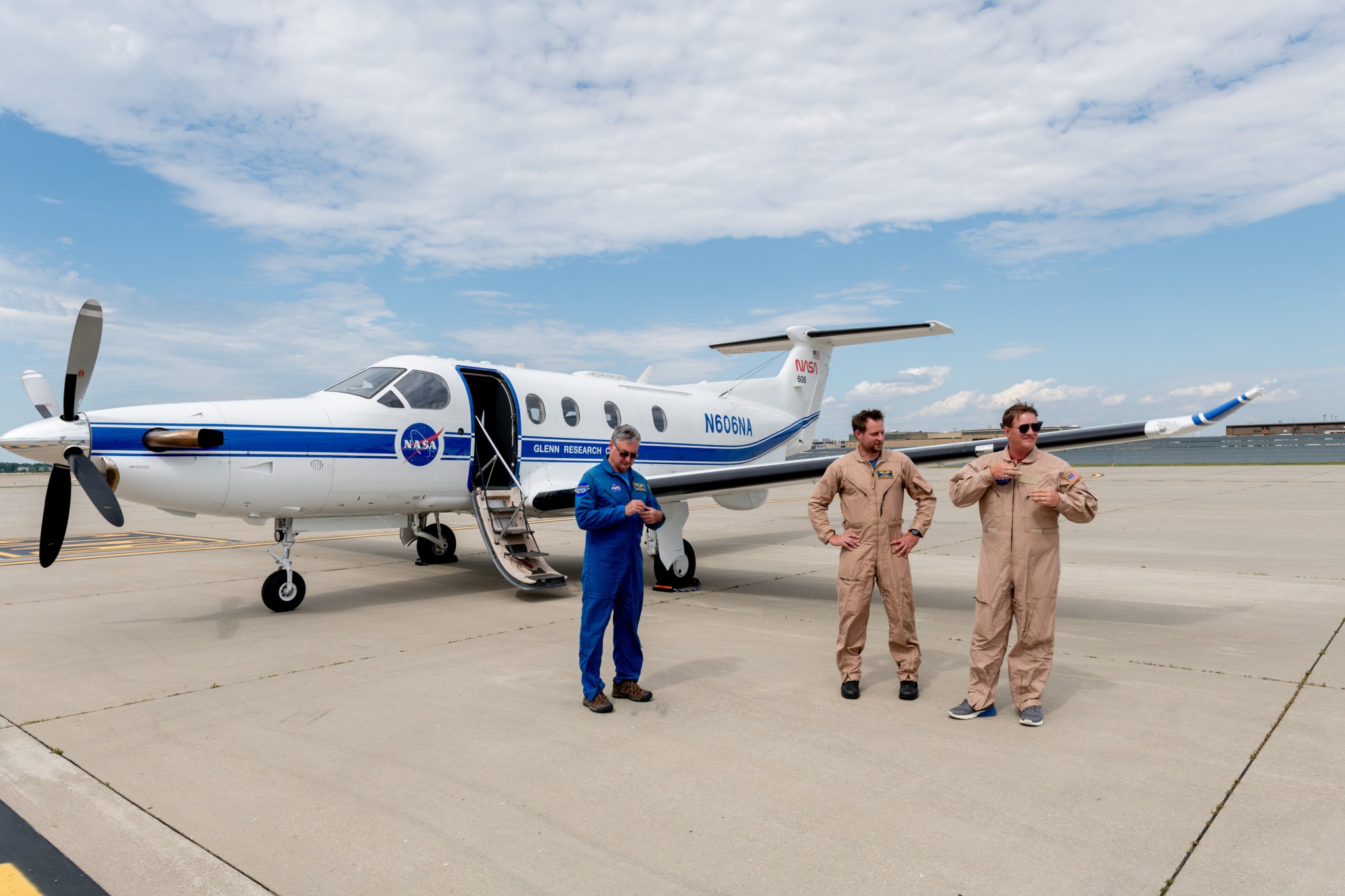3 min read

A team at NASA's Glenn Research Center in Cleveland streamed 4K video footage from an aircraft to the International Space Station and back for the first time using optical, or laser, communications. The feat was part of a series of tests on new technology that could provide live video coverage of astronauts on the Moon during the Artemis missions.
Historically, NASA has relied on radio waves to send information to and from space. Laser communications use infrared light to transmit 10 to 100 times more data faster than radio frequency systems.

Working with the Air Force Research Laboratory and NASA's Small Business Innovation Research program, Glenn engineers temporarily installed a portable laser terminal on the belly of a Pilatus PC-12 aircraft. They then flew over Lake Erie sending data from the aircraft to an optical ground station in Cleveland. From there, it was sent over an Earth-based network to NASA's White Sands Test Facility in Las Cruces, New Mexico, where scientists used infrared light signals to send the data.
The signals traveled 22,000 miles away from Earth to NASA's Laser Communications Relay Demonstration (LCRD






